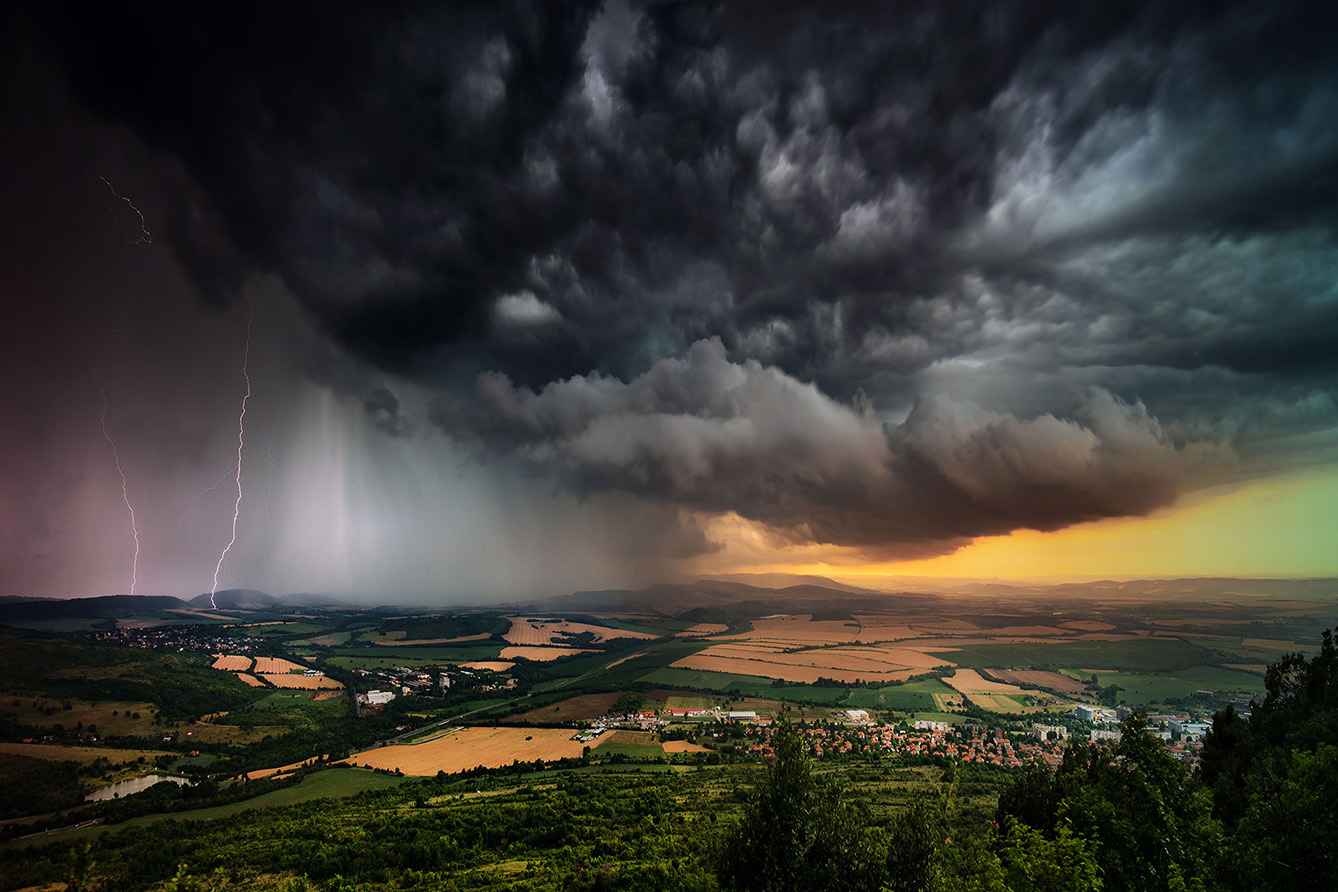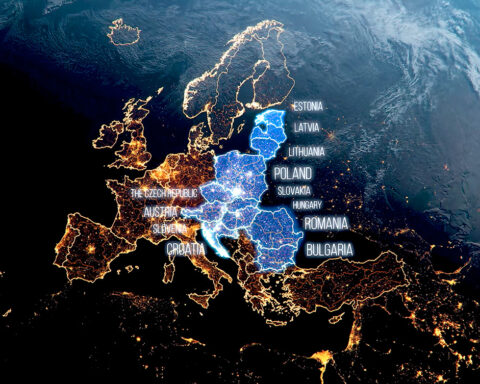Climate change has, in recent years, brought with it a new set of problems for countries in Central Eastern Europe. Nothing suggests that the situation will improve on its own in the coming years. There is generally less precipitation in the region, but paradoxically, such intense downpour cases as those in recent years were rarely seen before. As a result, countries in the region must work on two things at once: water retention to ease the consequences of more frequent cases of drought and anti-flooding measures to prevent disasters like the German flood of 2021.
There are several measures that Central Eastern European states can apply to mitigate the worst hydrological consequences of climate change. One of the most efficient and increasingly popular is Natural Small Water Retention Measures (NSWRM), which brings excellent results in river basins. The main idea is to slow down runoff from natural surfaces or small watercourses.
This can be done in several ways. One is the construction of small steps in rugged, tree-covered terrain. Another would be to take measures to redirect the water in small streams in mountainous terrain to flow in a more serpentine-like course. A third would be active forest management to increase water retention by adjusting vegetation composition and the share diameter, height, and age of trees in strategic areas.
Benefits of natural small water retention measures
River basins and their water flow are natural phenomena that seldom know borders. This makes transnational cooperation in water management particularly important, as synergistic effects occur when all states in a region take coordinated measures. Apart from limiting droughts and floods, better water management also prevents massive forest fires and contributes to improved biodiversity and nutrient mitigation from agricultural soils. Water scarcity also has direct negative impacts on citizens and economic sectors mainly dependent on water, such as agriculture, energy, industry, tourism, and transport associated with inland navigation.
Since 2013, the Central Eastern European office of the Global Water Partnership Program has been implementing a regional Integrated Drought Management Program (IDMP). Bulgaria, Czechia, Hungary, Lithuania, Poland, Moldova, Romania, Slovakia, Slovenia, and Ukraine are now developing joint drought management policies and plans. The initiative has embraced NSWRM as one of its main methods to increase water retention.
Another example of collective action is the Three Seas Initiative priority project “Digital Platform on monitoring hydrographic bases in the 3SI region. The number of recently started projects shows that awareness is growing. Still, we should also remember that even our most distant ancestors knew that water equals life and that there can be no question that water is the single most vital substance on our planet. It is time for modern societies to start treating it as such.







